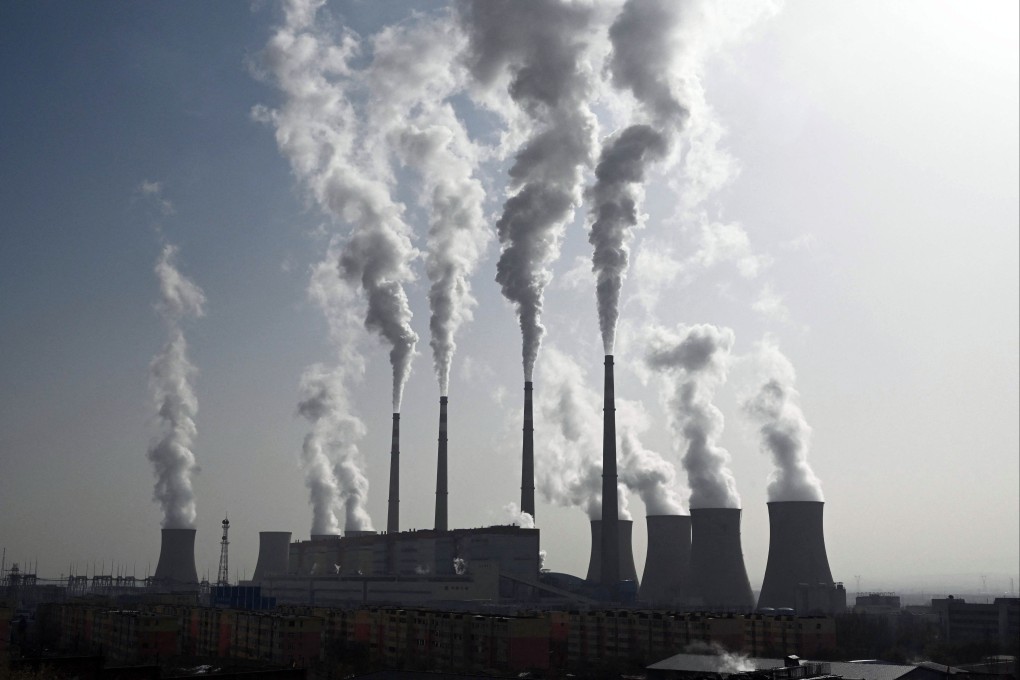Advertisement
French shipping giant CMA CGM explores the use of China’s carbon emissions to produce green transport fuel, fight global warming
- Carbon dioxide from the nation’s factories can be captured and combined with green hydrogen to make low-carbon fuels, says Ludovic Renou of CMA CGM China
- CMA CGM created a US$1.64 billion fund last September to invest in fuel decarbonisation technology ventures to scale up production of green fuels
Reading Time:3 minutes
Why you can trust SCMP

China, the world’s largest carbon emitter, has the potential to become a major provider of green fuels which can help in the fight against climate change, but greater collaborative effort is needed to accelerate progress, according to a senior shipping executive.
Carbon dioxide from the nation’s factories can be captured and combined with green hydrogen to make low-carbon fuels such as synthetic methane and green methanol, said Ludovic Renou, CEO of CMA CGM China, part of the French shipping giant CMA CGM Group.
“China has one of the biggest feedstocks [of raw materials for green fuels], this is where we need to see whether the feedstock can be transformed rapidly,” Renou said. “We need collaborative working groups at multiple levels, provincial and national … Today, such effort is a bit lacking in structure, a bit individual and spread [out].”
Advertisement
CMA CGM Group, the world’s third-largest container shipping company with a carrying capacity of 5 million 20-foot equivalent units, said in September that it would create a €1.5 billion (US$1.64 billion) fund along with its partners to invest in fuel decarbonisation technology ventures, as part of its efforts to achieve its net zero emissions goal by 2050.

The investment to be made over five years will focus on scaling up production of green fuels, such as biofuels, biomethane, synthetic methane and green methanol, for use in its ships, trucks, trains and aircraft.
Advertisement
Advertisement
Select Voice
Choose your listening speed
Get through articles 2x faster
1.25x
250 WPM
Slow
Average
Fast
1.25x